New York City is known for its relentless pursuit of change. Gazing at the city skyline, you can spot a good dozen new spiky skyscrapers along the western frontier: Hudson Yards expands along the Hudson River, while the glass curtain wall of One World Trade Center and the sculptural white Oculus transportation hub dominate the southern tip of Manhattan.
Cranes are a relatively permanent fixture, particularly uptown where condo towers are locked in a battle to see who can claim the crown for being tallest. Less apparent, but no less in flux, is the landscape of the art world.
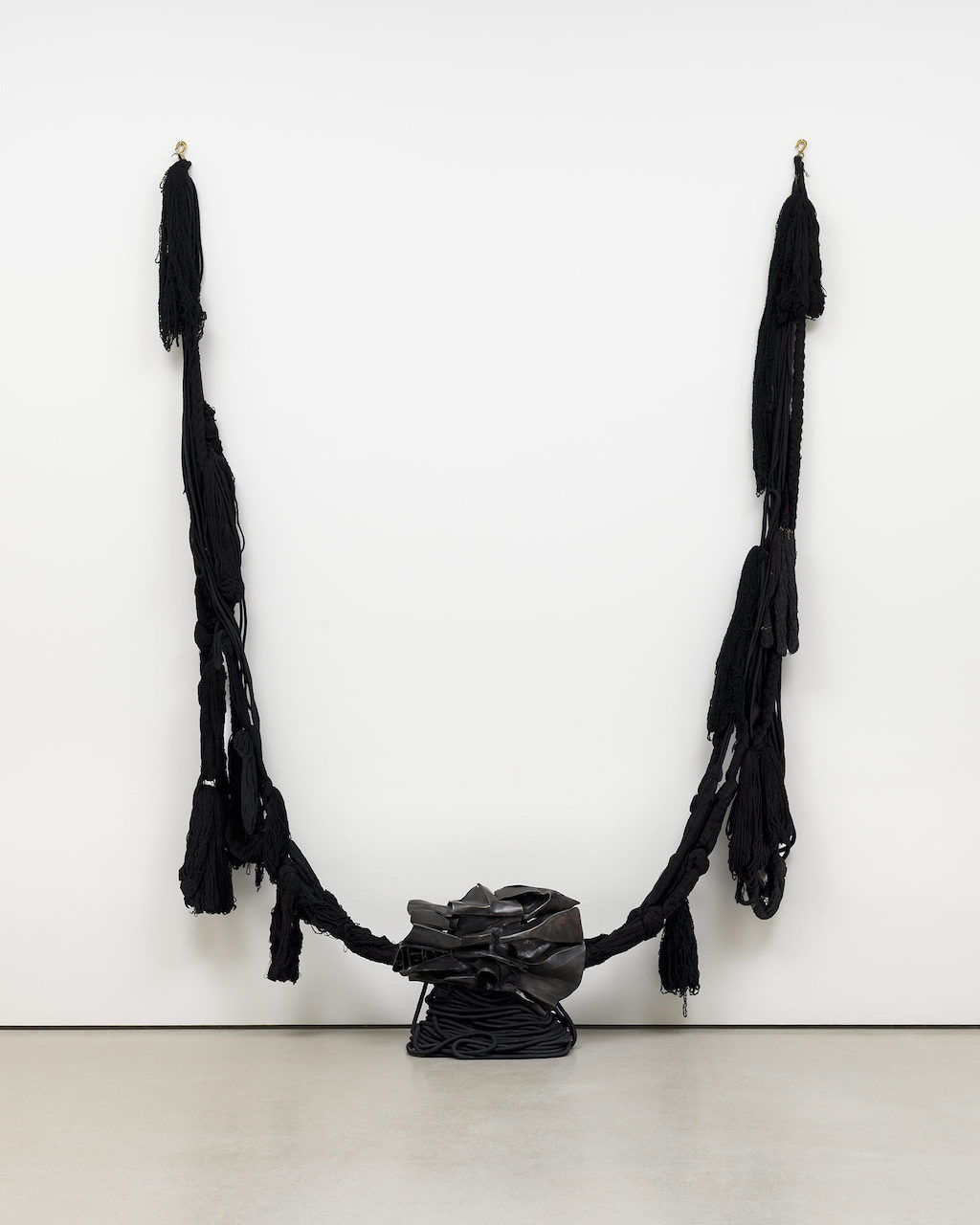
This October, 90 years after three women started the Museum of Modern Art (MoMA) on the 12th floor of a Fifth Avenue office building, and four months after closing for renovations, the world-renowned institution and perennial tourist attraction embarked on a new chapter.
Behind the glass-and-metal mesh façade that now stretches for much of 53rd Street lies an additional 4,365m² of new and reconfigured gallery space. The expansion, designed by architects from the firms Gensler and Diller Scofidio + Renfro, adds 30 per cent more space to the establishment, allowing more of the museum’s collection to be on view to the public than ever before.
But beyond square footage, the museum has consciously broadened its perspective. “The real value of this expansion is not just more space, but space that allows us to rethink the experience of art in the museum,” MoMA’s director Glenn D Lowry states. Or, as Sarah Suzuki, a MoMa curator and the director of the reopening puts it: “We can bring this collection out and mix it and remix it, so that it’s constantly responding to the world around us.”
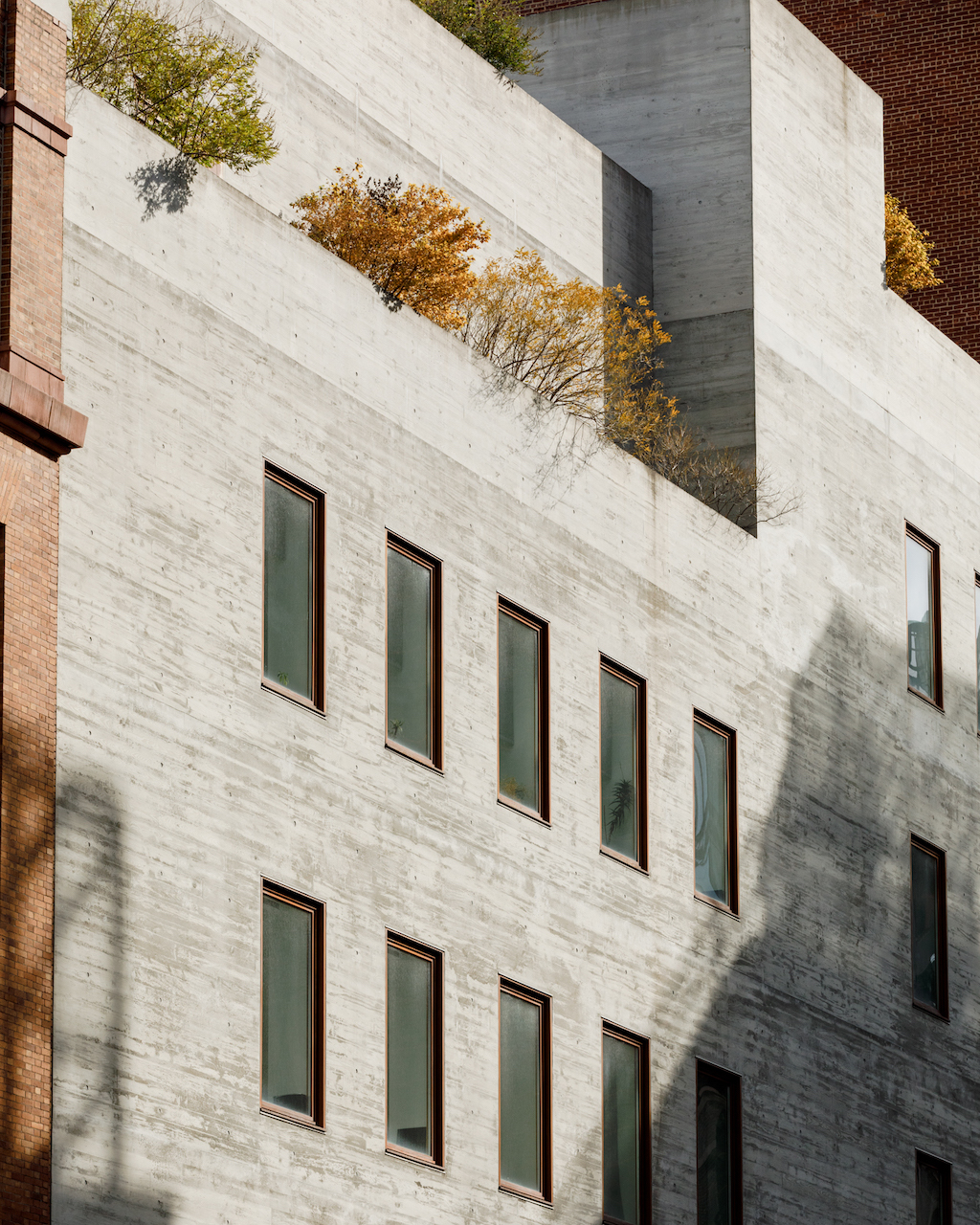
What Lowry and Suzuki are specifically referring to is how work will now be displayed. Instead of the traditional museum approach of grouping disciplines and moving chronologically, exploration will be based on ever-changing focuses.
On one visit, a gallery may be devoted to a single artist or idea; on another, it could be based around a specific theme or focused on one medium. Right now, for example, Pablo Picasso’s Les Demoiselles d’Avignon (1907) is hung adjacent to American artist Faith Ringgold’s 1967 piece American People Series #20: Die; the physical sizes of the two artworks and the fractured human figures they depict simply demand comparisons. Rearranging the art like this demonstrates that there are infinite ways to interact with the museum’s collection, thus rendering it dynamic, rather than static.
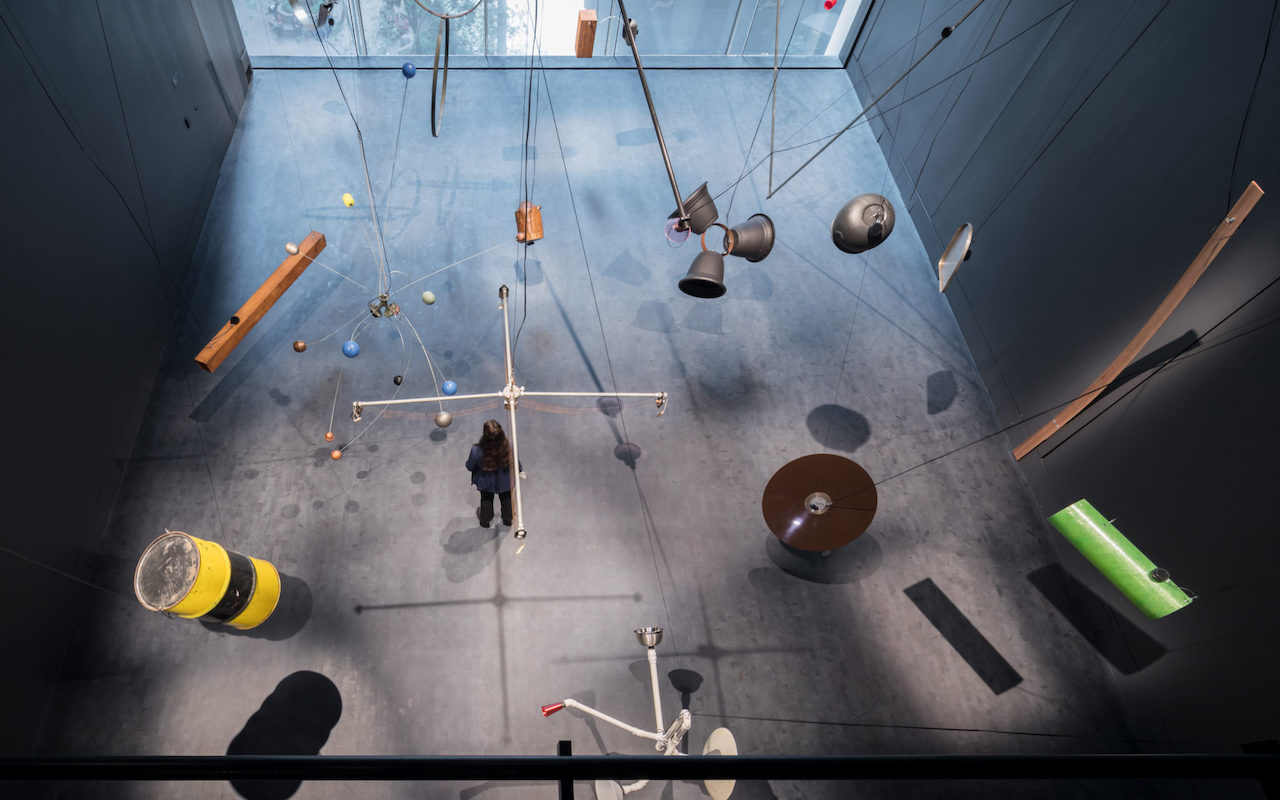
Indeed, hanging works from different eras and artists next to one another could invite new ways of seeing familiar pieces. What’s more, the permanent collection will be systematically rotated every six to nine months so that MoMA is an entirely fresh experience every 18 months.
Like any museum of the future, interactivity is at the heart of MoMA, with a new state-of-the-art studio that features live programming in sound work, moving image and dance. A casual drop-in space, the Creativity Lab, fosters curiosity and education, inviting visitors to pose questions to staff and artists, make art and interact on a deeper level. And the expanded ground floor includes two new galleries that are free to all – a welcome alternative to MoMA’s US$25 general admission price tag and a way for the museum to connect with the city outside.
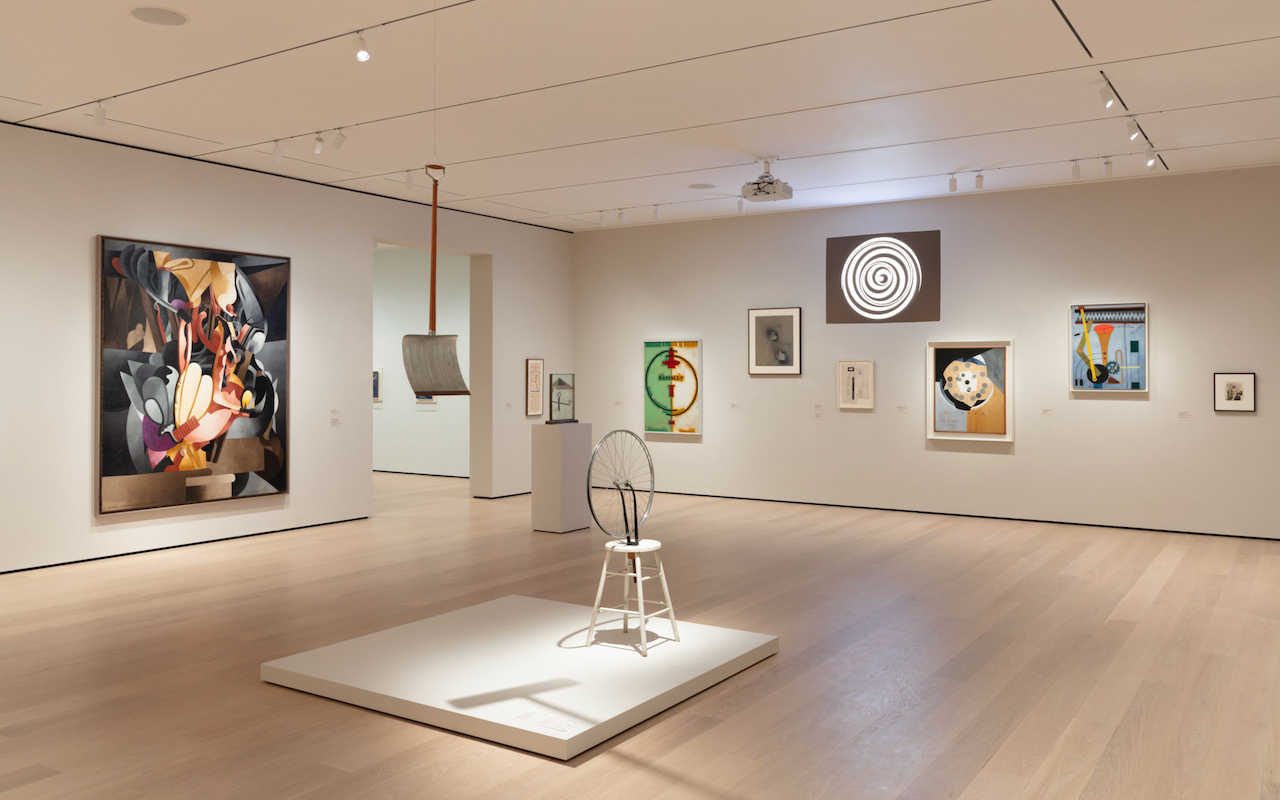
Beyond MoMA, the city’s art scene is also evolving and expanding. The dozens of galleries that decamped to West Chelsea at the turn of the millennium after being priced out of SoHo are also becoming more striking destinations.
This September saw the splashy opening of Pace Gallery’s eight-storey museum-like headquarters that also gives contemporary media, such as video, sound design and installation art, a bigger stage. One block south, over on 24th Street, Gagosian is taking over Pace’s vacated space, along with the recently shuttered Mary Boone Gallery (Boone was sentenced for tax evasion earlier this year in a notable episode of art world drama), upping its footprint for its roster of big-name artists such as Richard Serra and Takashi Murakami.
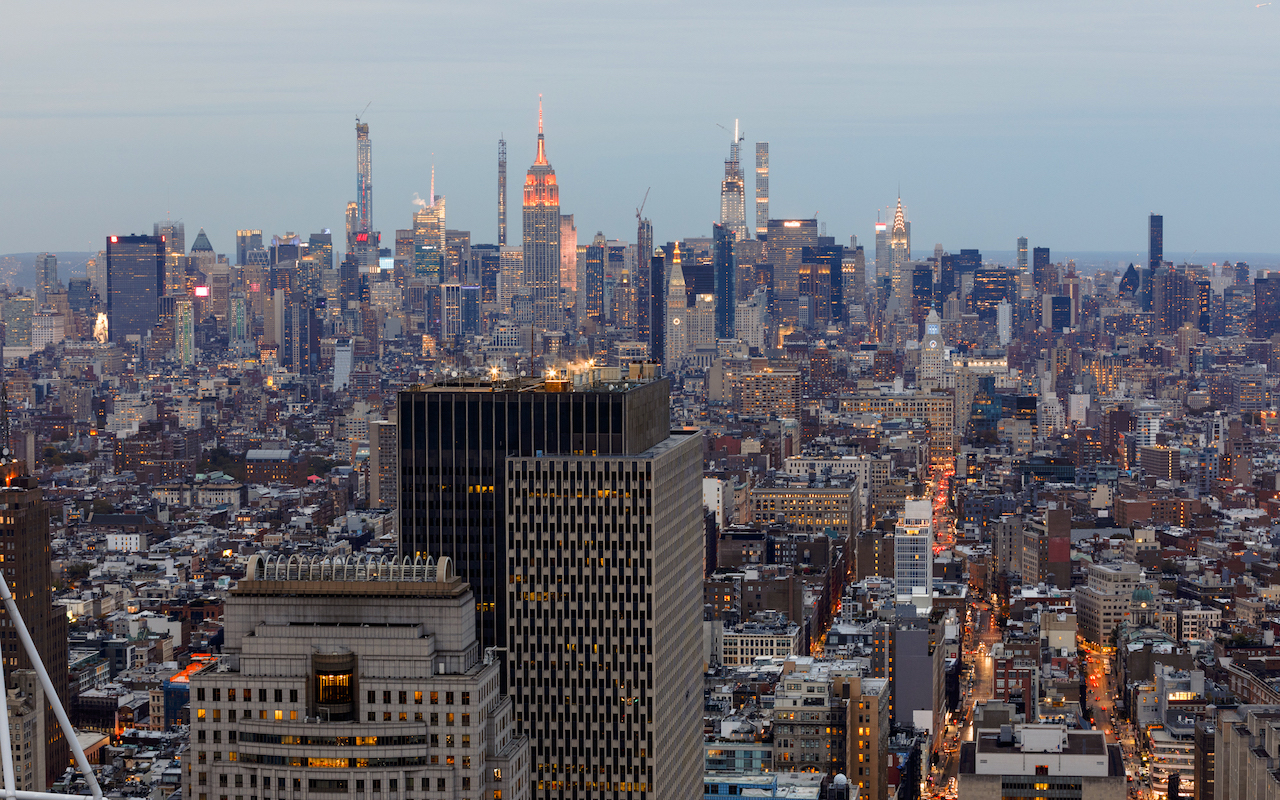
Neighbouring galleries are also eyeballing splashier homes. David Zwirner Gallery, a magnet for Instagram-popular exhibits including an “Infinity Mirror Room” by Yayoi Kusama (closing December 14), has commissioned Italian architect Renzo Piano to design a brand-new tower on 21st Street, and Hauser & Wirth is at work on a new 3,345m² home on 22nd Street.
Surrounding these rising galleries are architecturally stunning condominium towers by the likes of starchitects such as Bjarke Ingels and the late Zaha Hadid that complement the artistic neighbourhood, and are connected via the High Line, the elevated park, to Hudson Yards. There, Diller Scofidio + Renfro was also responsible for designing The Shed, the much-hyped art centre that debuted in April of this year and has since featured conceptual artists such as Lawrence Weiner and Agnes Denes.
“I don’t think New York has an art scene; it has many art scenes, some of which are small, aberrant and hidden”
And downtown, while some things are coming full circle – with the rise of high-end emporiums and accompanying high rents in West Chelsea, smaller galleries are leaving for TriBeCa, which is where, along with SoHo, galleries emerged in the ’80s and ’90s – other changes are happening anew. Next year, the New Museum, which originally sprang up in the otherwise scrappy Bowery neighbourhood back in 2007, will break ground on an adjacent plot to construct a seven-storey, 5,575m² geometric structure.
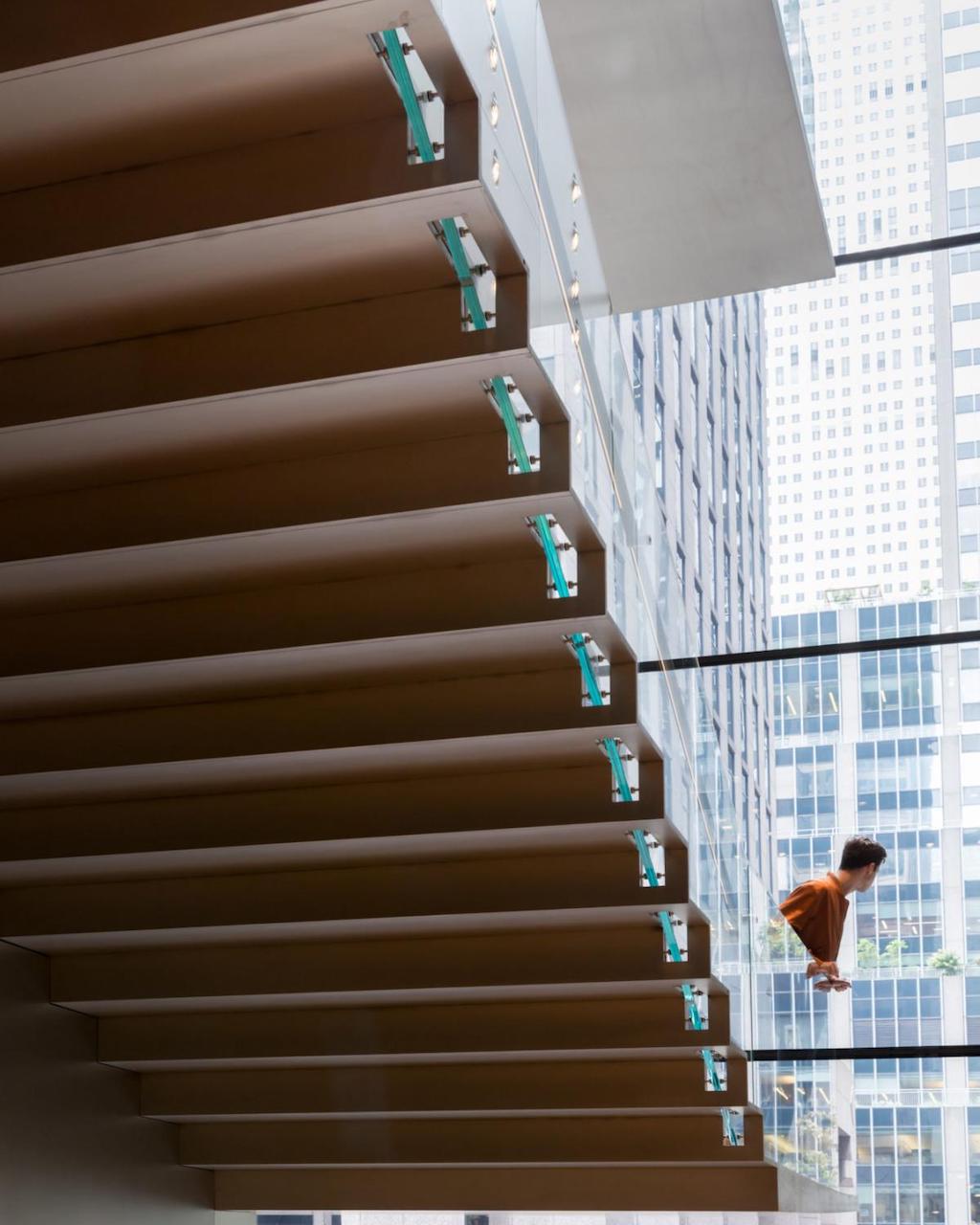
As Marina Garcia-Vasquez, editor-in-chief of Artsy, a platform for art enthusiasts and collectors, sums up: “What’s happening right now is that New York art institutions are rethinking their focus and reworking their spaces to make their art collections and shows more accessible to a broader audience and expanded public.” In other words, as exciting as it always is in New York City, for art lovers, the eve of 2020 couldn’t be more thrilling.
Distinct geographies
Diversity is key to MoMA’s expansion. Here, four recently acquired artists share their personal perspectives on the city and its art scene
Maren Hassinger
Sculptor, video and performance artist
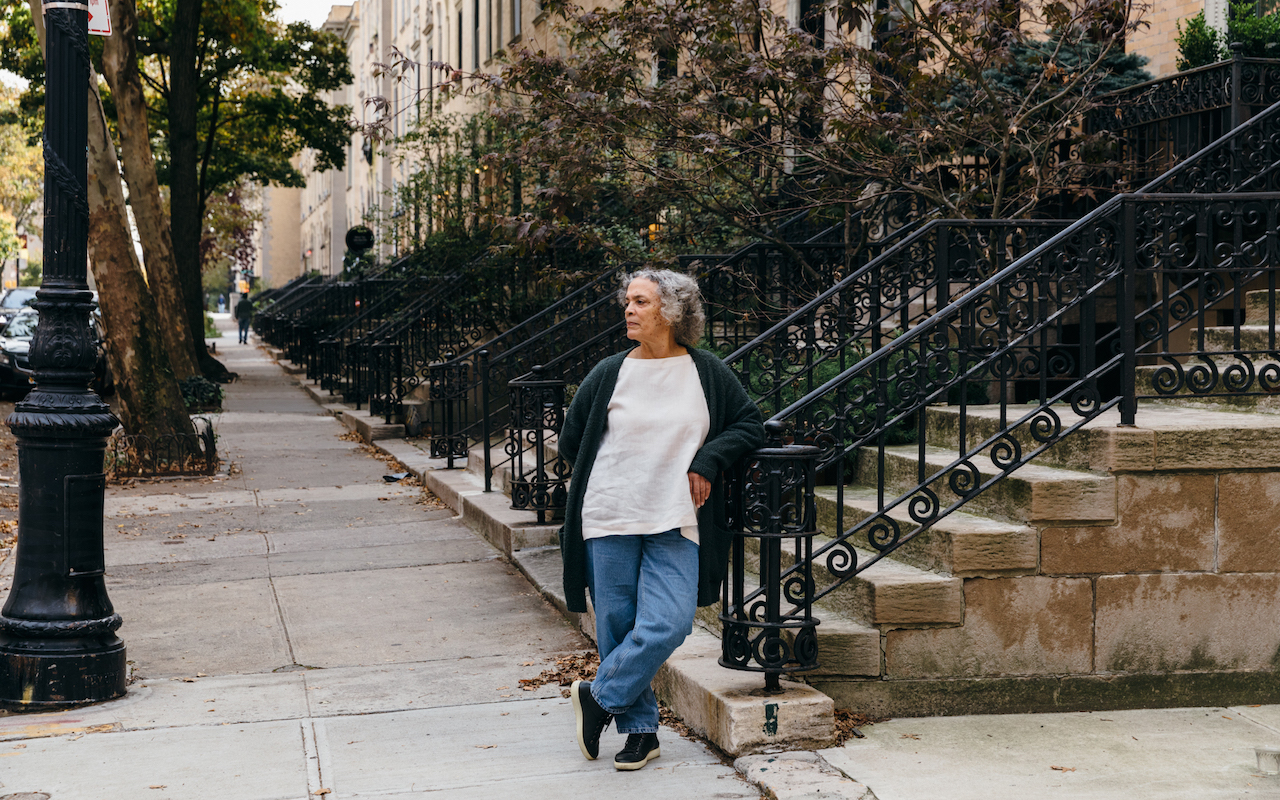 Maren Hassinger has had a prolific career spanning sculpture, drawings, photography, performance and video. From her 1979 installation in Los Angeles featuring 12 wire-rope “trees” to the 12-minute film in which she learned of and attempted to document her origins (Birthright, 2005), her thought-provoking pieces strive to reflect honestly on the world.
Maren Hassinger has had a prolific career spanning sculpture, drawings, photography, performance and video. From her 1979 installation in Los Angeles featuring 12 wire-rope “trees” to the 12-minute film in which she learned of and attempted to document her origins (Birthright, 2005), her thought-provoking pieces strive to reflect honestly on the world.
The California native and Harlem resident couldn’t be more pleased with the change she sees, not just at MoMA but throughout the city. “It’s gratifying that so many artists who have been excluded from the canon are now part of it,” she says. “For once, history appears to be more inclusive.”
Hassinger notes the city’s many museums and creative venues, such as Lincoln Center and the Joyce Theater, have broadened her own practice. “I am a fan of all of the major museums: The Met Breuer, MoMA PS1, special exhibitions at MoMA, The Studio Museum in Harlem and the New Museum,” she says.
But just as important are the quiet moments. Hassinger takes time to visit parks across the city, including Marcus Garvey Park, Union Square and Central Park, as well as the local neighbourhood gardens in Harlem, to find peace as well as creative sparks.
Matthew Connors
Photographer
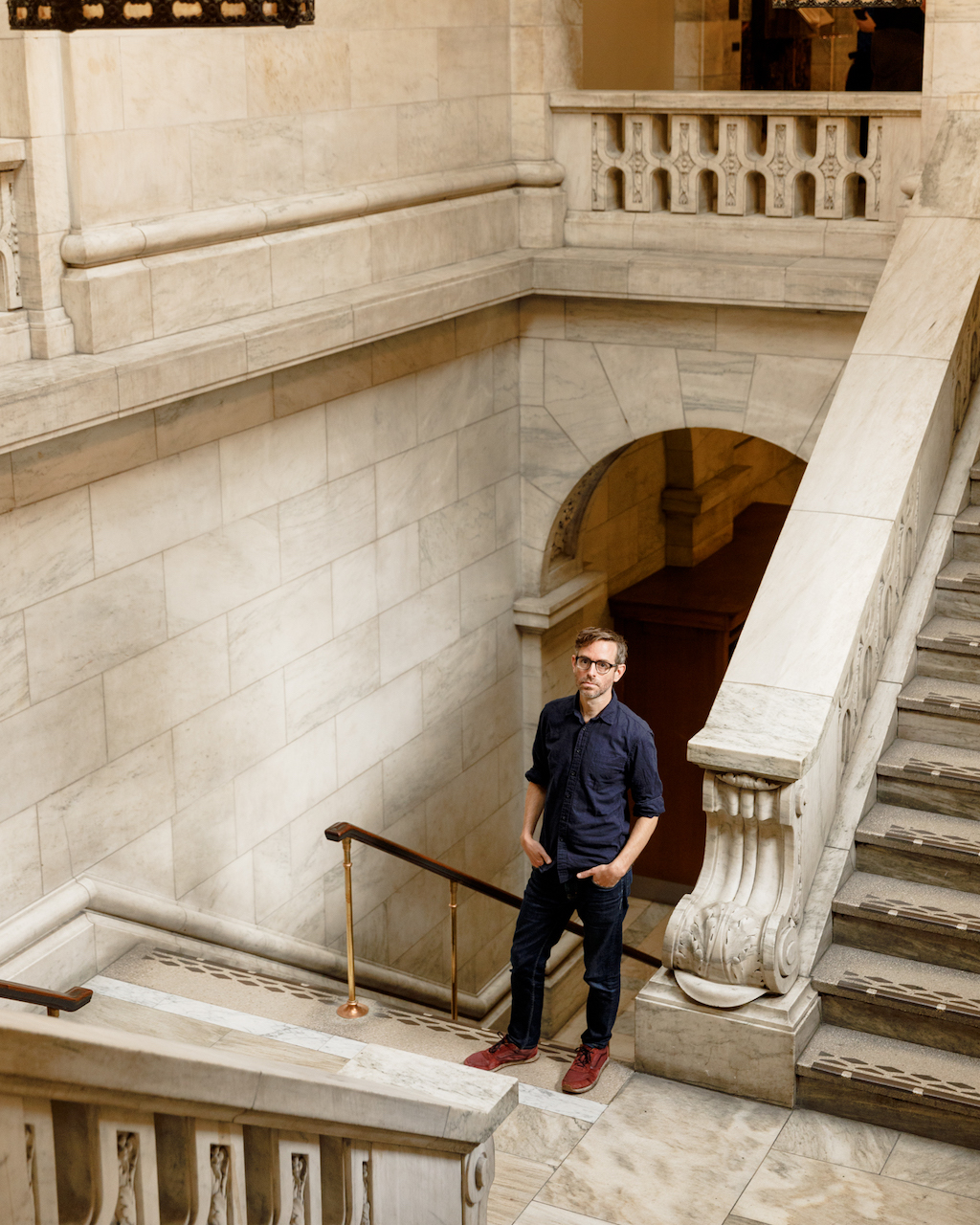 When MoMA included Matthew Connors in its “Being: New Photography 2018” exhibition, it was arguably the photographer’s humanism that resonated. Connors has travelled the world, capturing intimate moments within charged locations – such as thick clouds of smoke obscuring an orange-hued sky at sunset or a young woman in a hijab looking directly into the camera, all during Egypt’s 2013 street demonstrations – but he has also sought these small moments within New York itself for 20 years.
When MoMA included Matthew Connors in its “Being: New Photography 2018” exhibition, it was arguably the photographer’s humanism that resonated. Connors has travelled the world, capturing intimate moments within charged locations – such as thick clouds of smoke obscuring an orange-hued sky at sunset or a young woman in a hijab looking directly into the camera, all during Egypt’s 2013 street demonstrations – but he has also sought these small moments within New York itself for 20 years.
“I don’t think New York has an art scene; it has many art scenes, some of which are small, aberrant and hidden,” he explains. Because there are so many small communities, there are always opportunities to connect with like-minded people. “There is a level of social serendipity here that I haven’t encountered in other cities,” the 43-year-old says. “It is quite possible to leave your apartment in the morning without a plan for the day and quickly find yourself in a conversation with someone whose work you’ve admired for a long time. It makes you feel like you are participating in a larger dialogue.”
For his own inspiration, he likes to stimulate different senses. “I can get most energised by looking at books and films, so some of my favourite places to go are bookstores like Printed Matter and Dashwood Books, and art house theatres like Metrograph and Film Forum,” he says. “I’ve also become interested in the Picture Collection at the New York Public Library, which is a catalogued archive of images.”
And when the sun goes down? “Roulette is a great venue for experimental music,” he offers.
Fred Wilson
Sculptor, painter, installation artist
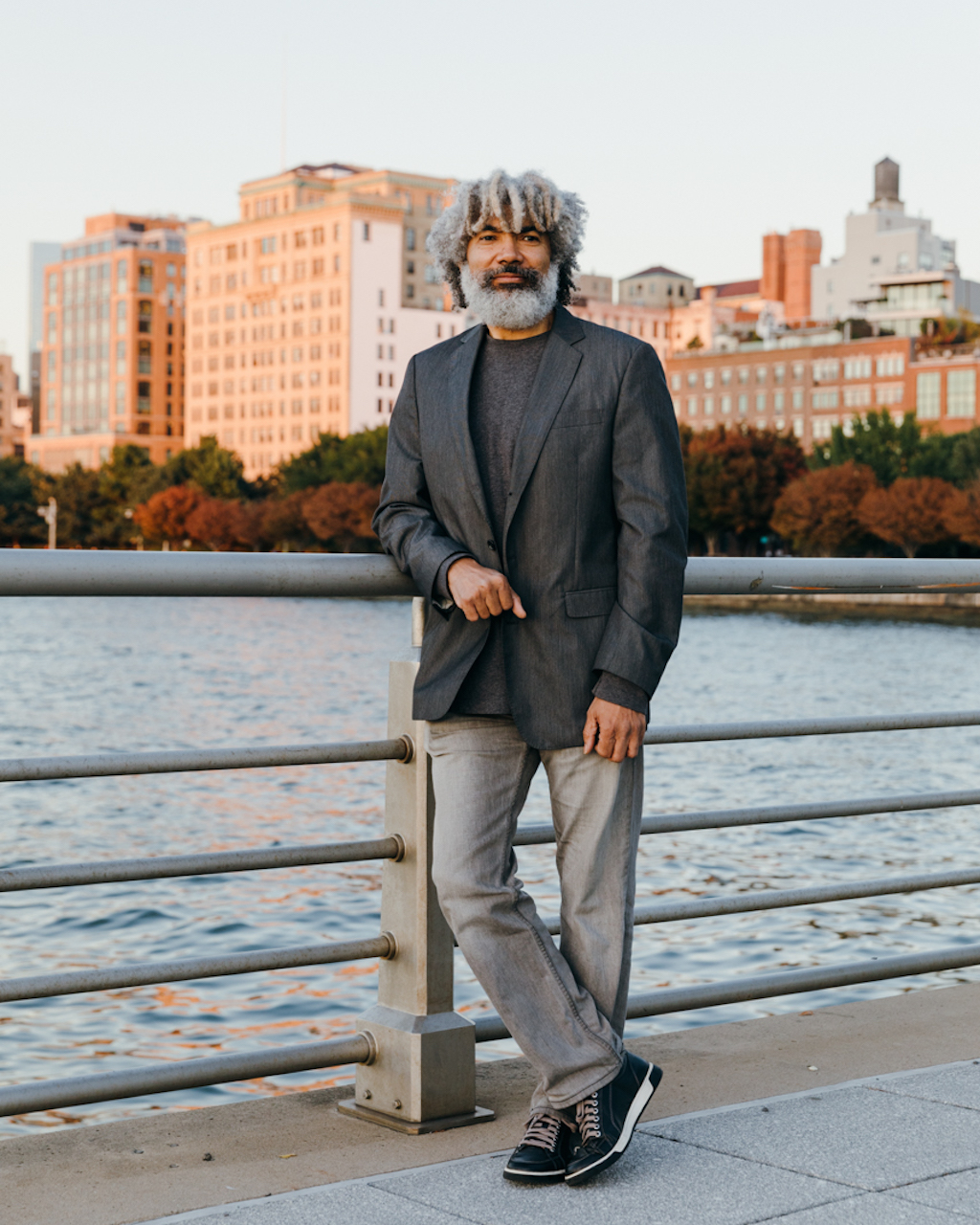 “Part of the great thing about the city is that it’s always changing in one way or the other,” Fred Wilson says. And he should know. Born in the Bronx, the 65-year-old artist and MacArthur Foundation grant recipient has been living in the East Village for decades. His oeuvre is expansive: sculpture, painting, photography, collage, printmaking and installation.
“Part of the great thing about the city is that it’s always changing in one way or the other,” Fred Wilson says. And he should know. Born in the Bronx, the 65-year-old artist and MacArthur Foundation grant recipient has been living in the East Village for decades. His oeuvre is expansive: sculpture, painting, photography, collage, printmaking and installation.
He’s best known for challenging assumptions on race, history and culture, as with his Afro Kismet installation created for the 2017 Istanbul Biennial (and later updated for exhibition in New York’s Pace Gallery) that used traditional Iznik tile walls emblazoned with “black is beautiful” in Arabic.
“A place like this really keeps you alive, because you have to readjust and rethink and learn more,” Wilson explains. As an artist who juxtaposes evocative objects – using mirrors and chandeliers to rework Shakespeare’s Othello for the 2003 Venice Biennale, for example – he likes the “accidental compositions” he sees in the general landscape of the city. “The old against the new. The tritest and the high culture. That really inspires me – in a way that I find is different from anyplace else,” he says.
Other than the city’s serendipitous views, Wilson notes that the Whitney Museum’s 2015 move brought a great cultural hub downtown: “It faces the water but also faces into the city. You can be inside or outside.”
Beyond visual arts, he appreciates the still vibrant jazz scene at the Village Vanguard and Blue Note, where “all the greats played”, and the Hudson River at sunset. “It’s a very calming and glorious place,” he concludes.
Amy Cutler
Illustrator
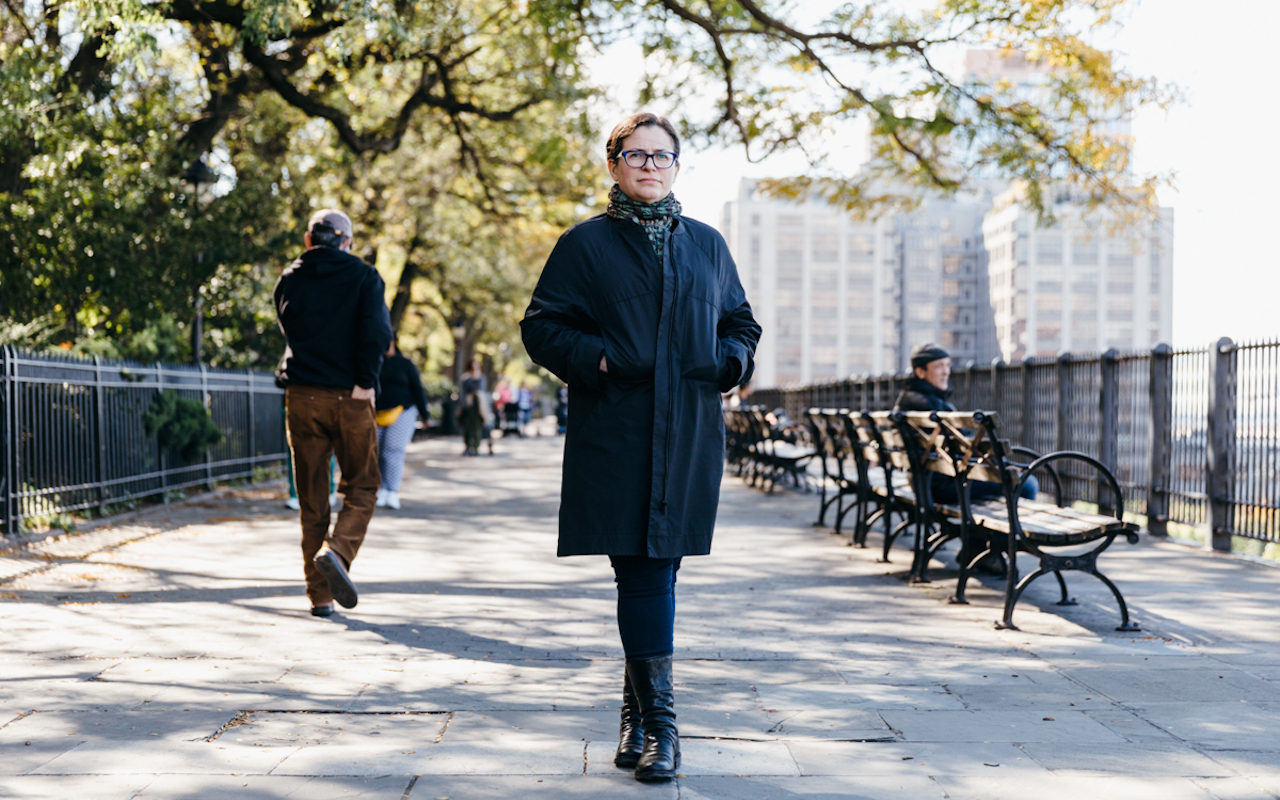 Forty-five-year-old Brooklyn resident Amy Cutler has been capturing gender roles through her meticulously rendered illustrations for two decades. Slightly surreal and infinitely intriguing, her prints force you to contemplate womanhood. The head of the main figure might be filled with objects, like many other (smaller) women, or removed altogether. Other figures perform cryptic tasks like carrying boats or balancing furniture.
Forty-five-year-old Brooklyn resident Amy Cutler has been capturing gender roles through her meticulously rendered illustrations for two decades. Slightly surreal and infinitely intriguing, her prints force you to contemplate womanhood. The head of the main figure might be filled with objects, like many other (smaller) women, or removed altogether. Other figures perform cryptic tasks like carrying boats or balancing furniture.
Cutler arrived in New York at 18 to study at the Cooper Union and hasn’t left since. “I love New York and Brooklyn because they are for the most part pedestrian. Life happens in the streets,” she says. “This is vital to my work because human interactions and communication are at the heart of all my drawings and painting.”
For Cutler, that can mean searching for inspiration. “I enjoy the occasional blockbuster show at MoMA but always like to return to the quiet sections at the Metropolitan Museum of Art,” she says. “My favourite things to visit are the Persian miniatures, Indian painting and Japanese screens and prints.”
Or it can mean a more serendipitous encounter. “For the most part, my studio life is very solitary, so it’s nice to be able to go for a walk or hop on the subway to visit galleries, museums or other artists,” she says.
Cutler ventures to Chinatown’s Asian markets and the Garment District’s fabric shops, which spark images for her work. Cutler is also excited for the Chelsea galleries moving downtown. “I’m nostalgic for the old SoHo days, so it will be nice to see more galleries move to TriBeCa,” she says.
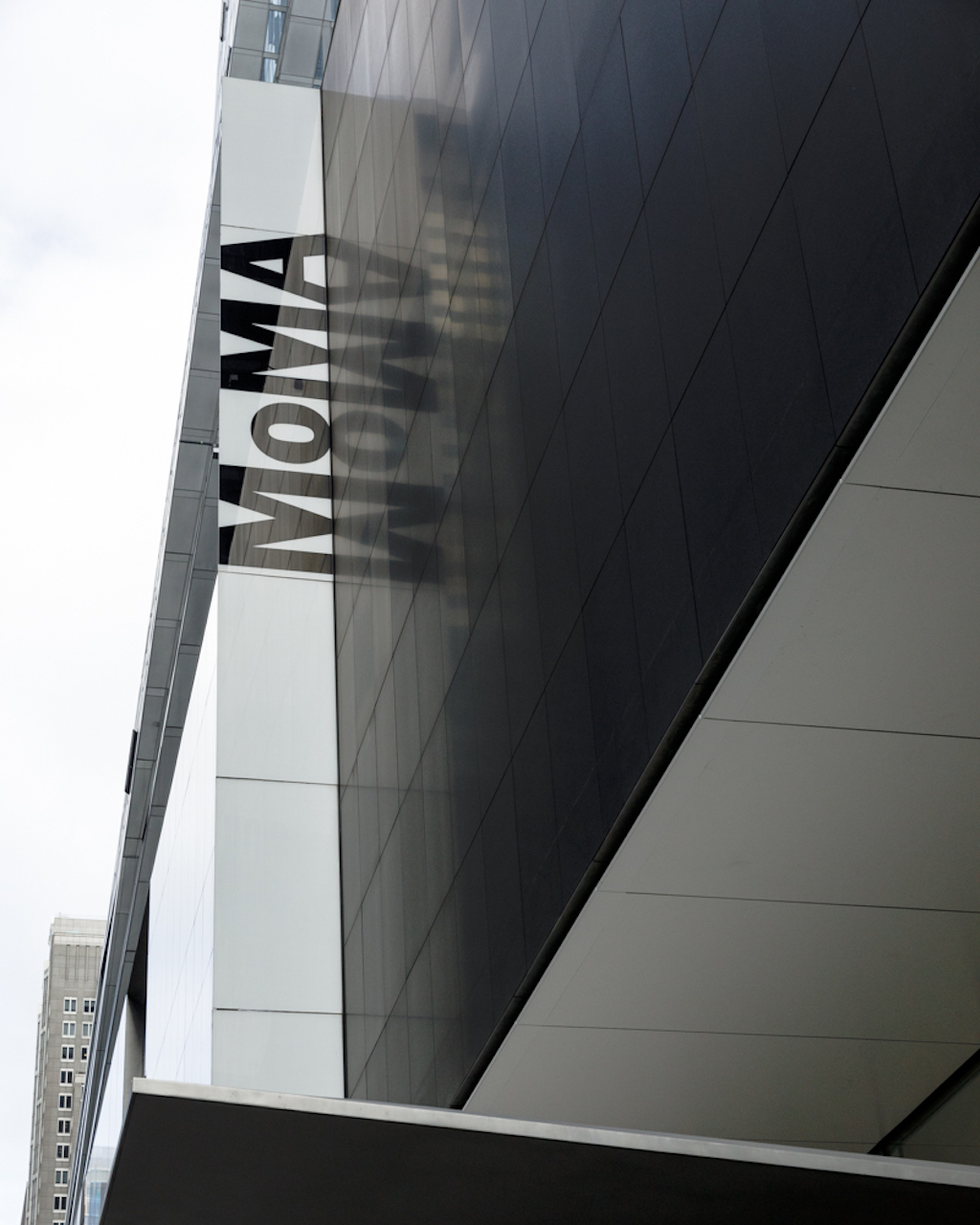
Some fast facts on MoMA’s recent expansion
• When MoMA was opened in 1929, it had eight prints and a solitary drawing. The current collection has nearly 200,000 pieces.
• Although MoMA was only closed for four months, renovations began in 2016.
• The expansion’s new 4,365m² increased total exhibition space by 30 per cent.
• The last time MoMA reopened, in 2004, 5 per cent of the permanent collection’s artworks on view were by women. Today, it’s 28 per cent.
Singapore Airlines flies to New York daily, including direct flights. To book a flight, visit singaporeair.com
SEE ALSO: By the numbers: New York’s 111 West 57th Street building
This article was originally published in the December 2019 issue of SilverKris magazine
The post MoMA reopens: The thrilling evolution of New York’s art scene appeared first on SilverKris.
from SilverKris
No comments:
Post a Comment